Our regular feature, “Collection Rotation“. Every month or so I invite a local guest to organize lists, groupings, or ‘exhibitions’ from our permanent collection. Our wonderful guest this month is Bay Area artist Tucker Nichols. Note: clicking through on the images will take you to our collection pages, with more info on art and artist.
Ten Natural Pairs
Collected by Tucker Nichols
Creating an online exhibition from SFMOMA’s permanent collection carries the luxury of choice without the hassles of scheduling or installation. The options are seemingly endless. Rather than come up with an idea and then hunt for fitting examples, I decided to take an afternoon to look at every image in the permanent collection available online. When something jumped out at me, I saved it in a folder. I didn’t think about what I was collecting or why. When I went back to look at the folder, natural pairs formed before my eyes. It was kind of eerie, really — every image found a partner for one reason or another.
Why is the most basic organizing principle to put like things with like things? What does it do for us? I can only guess that there are simply too many things in the world. It’s beyond our comprehension to take them all in. But when we group similar objects, we can begin to digest them. It’s why we have the cereal aisle — a typical US supermarket would be even more overwhelming if we didn’t organize everything by shared attributes. Once we’re able to look beyond the volume, we can start to see what’s there. The group below represents ten of the pairs that formed in my folder.
Pair of torsos
| Left: John Coplans, Self-Portrait (Back with Arms Above), 1984, gelatin silver print. Right: Robert Gober, Untitled, 1990, beeswax, pigment, and human hair |
|
Pair of transcendent whites
| Left: Hiroshi Sugimoto, Canton Palace, Ohio, 1980, gelatin silver print. Right: Robert Ryman, Untitled [E], 1965, enamel on linen |
|
Pair of instantaneous artworks
| Left: Marcel Duchamp, Fountain, 1917/1964. Glazed ceramic with black paint. Right: Bruce Nauman, Study for Hologram, 1970. Screen print on Kromekote paper. |
Pair of photographs as sculpture
| Left: August Sander, Bricklayer, 1928. Gelatin silver print. Right: Felix Gonzalez-Torres, Untitled, 1992/1993. Offset print on paper (endless copies) © The Felix Gonzalez-Torres Foundation, Courtesy Andrea Rosen Gallery, New York |
Pair of surveillance photographs
| Left: Mitch Epstein, Untitled, New York 1996, 1996. Chromogenic print. Right: Todd Hido, Untitled #2027-A, from the series House Hunting, 1996-1998. Chromogenic print |
Pair of photos of the planet
| Left: William Anders/NASA/Michael Light, Earthrise Seen for the First Time By Human Eyes, 1968/1999, digital chromogenic print. Right: Bill Owens, World Savings opening day 1975, 1975, gelatin silver print. |
Pair of Memphis Egglestons
| Left: William Eggleston, Untitled, Memphis, 1970, 1970, dye transfer print. Right: William Eggleston, Untitled, Memphis, 1970, 1970, dye transfer print. |
Pair of editing as artwork


| Top: Christian Marclay, Video Quartet, 2002, four-channel video projection with sound. Bottom: Tauba Auerbach, Alphabetized Bible, 2006, offset lithograph |
Pair of circles of identical white objects
| Left: Richard Long, Chalk Circle, 1986, chalk. Right: Rody Graumans, Chandelier 85 Lamps, 1993, lightbulbs, cords, and sockets |
Pair of mildly depressing photographs of life in America
| Left: Mitch Epstein, Amos Power Plant Raymond, West Virgina, 2004. Chromogenic print. Right: Larry Sultan, Practicing Golf Swing, 1989. Chromogenic print. |
Tucker Nichols is the artist behind www.anonymouspostcard.org. He is represented by ZieherSmith Gallery in New York. For more information see www.tuckernichols.com.
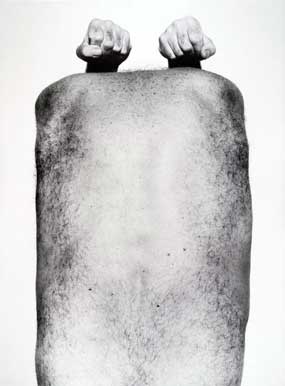
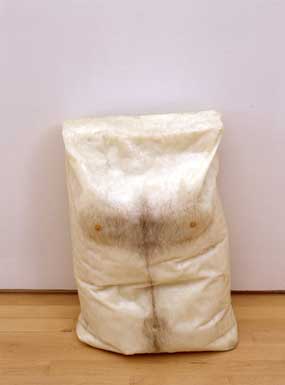
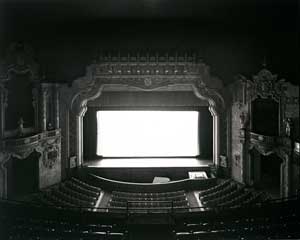
![Robert Ryman, Untitled [E], 1965 enamel on linen](https://s3-us-west-2.amazonaws.com/sfmomaopenspace/wp-content/uploads/2008/12/ryman.jpg)
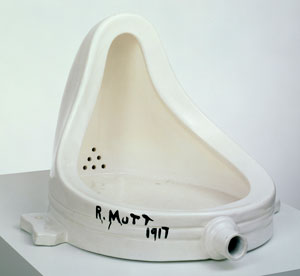
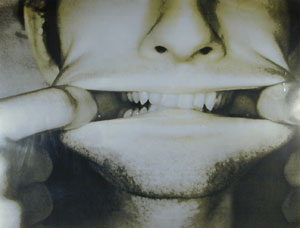
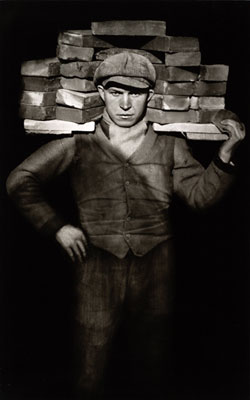
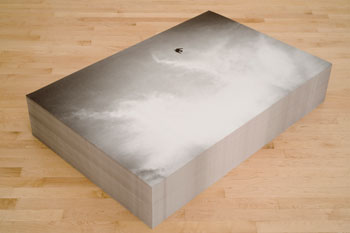

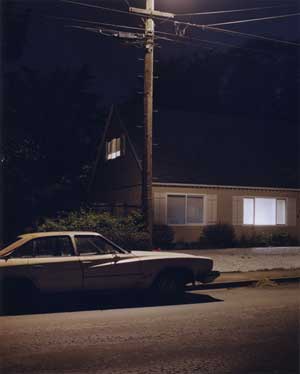
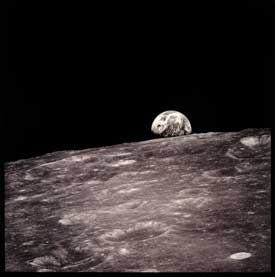
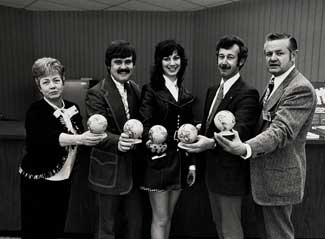

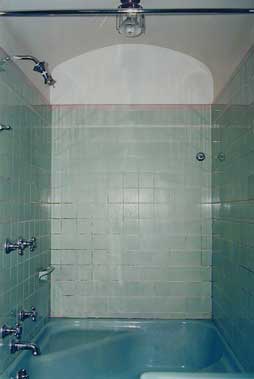
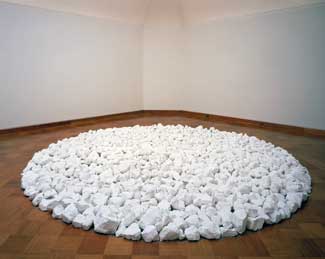
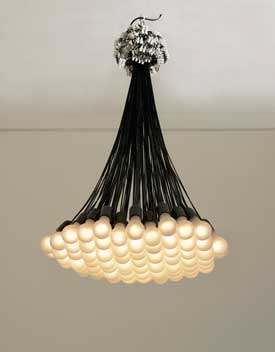
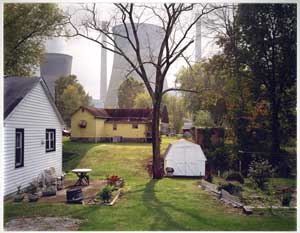
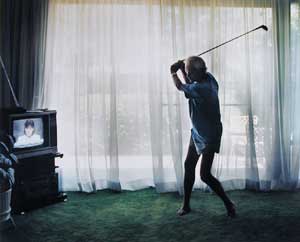


Comments (7)
-
Lisa Corrin says:
November 2, 2009 at 12:54 pm
-
PRD says:
July 17, 2009 at 4:10 pm
-
Dylan S. says:
April 24, 2009 at 11:06 am
-
Ravenna Taylor says:
March 18, 2009 at 7:53 am
-
Diane Frankel says:
December 24, 2008 at 11:31 am
-
McLarney says:
December 17, 2008 at 1:58 pm
-
viv says:
December 16, 2008 at 3:25 pm
See all responses (7)Dear Tucker:
An artist’s eye is always an intriguing way of looking at a collection anew. Thank you for sharing this with me!
Lisa Corrin
This is the best one of these you guys have done. It’s smart, modest, entertaining. Do you ever let artists curate actual shows? It would be cool to see what they could come up with.
Yes.
Brilliant, I love your sensibility.
These are great combinations that helped me look at each image in a different way. Great job. Diane
THIS IS BRILLIANT
i think this is my favorite ‘collection rotation’ yet! great job, tucker!